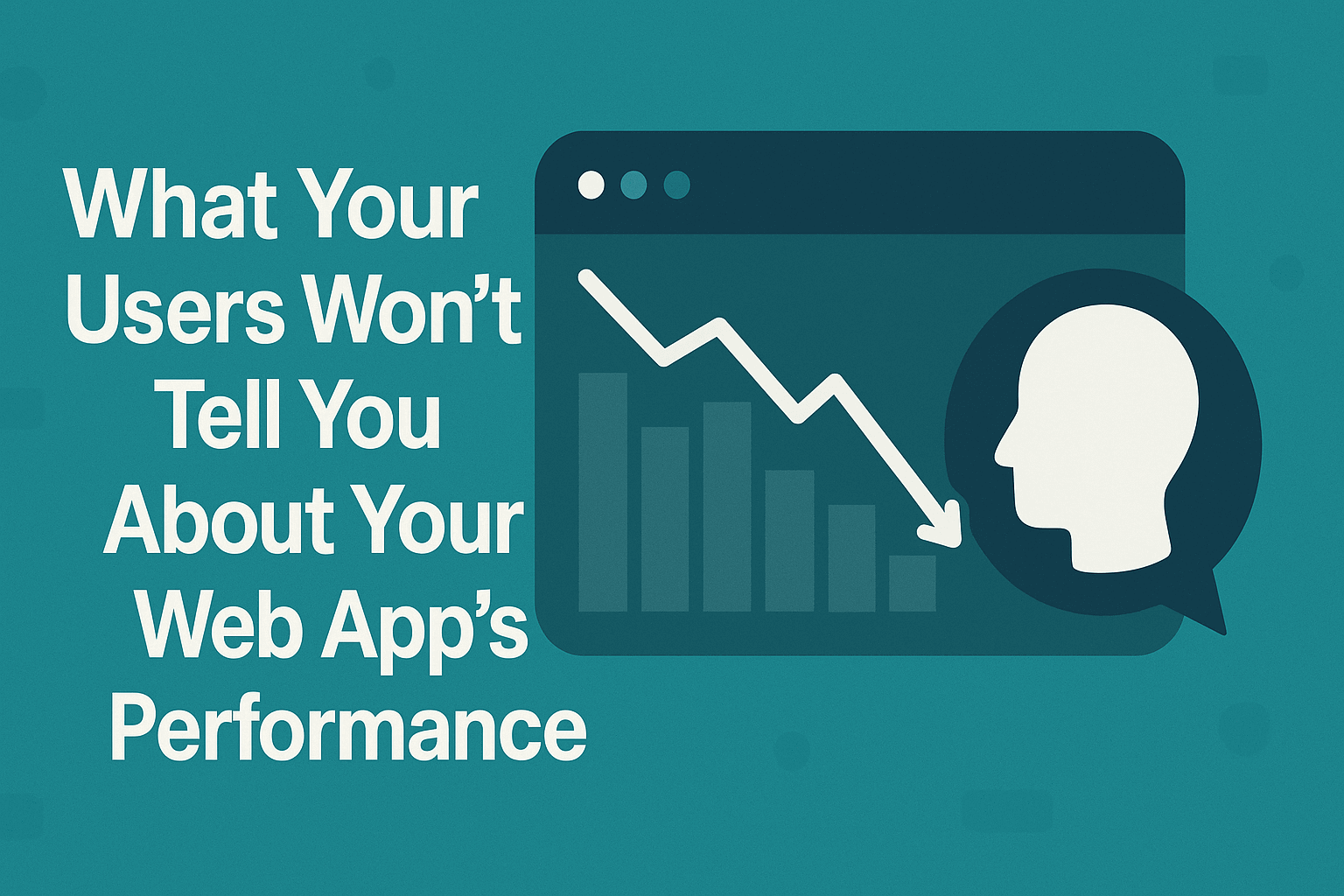Step into a modern lobby today and you’ll notice something subtle but powerful. Gone are the paper sign-in sheets and clipboards. Replacing them are sleek digital kiosks, glowing LED frames, and displays that not only greet visitors but guide them. The transformation is quiet yet revolutionary. We live in an era where a visitor’s journey—once a simple handshake at the reception desk—has evolved into a seamless digital process. That’s where the question arises: what is visitor management in this context?
It’s no longer just about signing in. It’s about identity, experience, compliance, and safety—all connected through intelligent systems. When combined with digital signage, visitor management becomes the living heartbeat of a modern building—one that speaks, directs, and protects.
![]()
Contents
The Changing Face of Reception
The traditional front desk was once a symbol of hospitality—now, it’s a hub of digital intelligence. Companies have realized that managing visitors is more than offering a smile. It’s about controlling access, capturing data securely, and ensuring that every interaction aligns with brand and security expectations.
Today, digital signage plays an integral role in this transformation. A visitor walking into a corporate lobby might first encounter a display that instantly recognizes their QR code, shows personalized directions, or displays real-time information about meetings, events, or safety protocols. This isn’t just convenience—it’s communication.
From Static to Smart: The New Digital Gatekeepers
Imagine walking into a high-tech campus. Instead of asking a receptionist for directions, a screen recognizes your name, flashes your meeting room, and even tells you where to grab a coffee while you wait. Behind that experience is a network of integrated systems: visitor management software, building access control, and smart digital signage.
The signage doesn’t just display content; it reacts to context. Meeting delayed? The system updates in real time. Emergency? The screens shift instantly into mustering mode, showing evacuation paths. These are not isolated devices—they’re digital gatekeepers connected to the brain of the facility.
A Subtle Symphony of Security and Experience
Visitor management has quietly become one of the most critical layers in an organization’s security stack. It ensures compliance with safety regulations, GDPR, and access policies. But it’s also a tool for hospitality and branding. The right message on the right screen at the right time makes visitors feel expected—not just allowed.
That’s the art of modern reception: technology without friction, automation without losing the human touch.
Why Visitor Management Matters More Than Ever
In an age where security threats, data breaches, and efficiency gaps dominate boardroom conversations, the front lobby has become a strategic space. It’s not just an entry point—it’s a control point, a communication channel, and a data source.
The ability to track, analyze, and guide every visit in real time creates both safety and insight. Companies now see visitor data as operational intelligence. When integrated with digital signage, it becomes actionable. A visitor signs in, the display updates instantly, and the system notifies hosts, security, and facility management—all within seconds.
Efficiency Meets Experience
Speed matters. No one likes waiting in line at reception. With self-check-in kiosks, visitors can pre-register, scan a code, and get a printed badge in seconds. Digital signage then guides them through the building—no confusion, no delays. The efficiency ripples across departments: HR saves time, security stays informed, and guests feel respected.
This blend of automation and visual communication creates an environment where visitors feel taken care of while operations run like clockwork.
Compliance and Control in Regulated Environments
Industries like healthcare, manufacturing, or critical infrastructure face stricter compliance needs. Visitor management systems here do more than greeting—they log identities, verify credentials, and manage access permissions. In case of an emergency, they can instantly show who is on-site and where they are located.
When paired with digital signage, the system can display evacuation routes, safety alerts, or live muster information. In short, it’s a digital layer of accountability—visible, trackable, and secure.
Digital Signage: The Visual Extension of Visitor Management
Digital signage isn’t just decoration—it’s the visual interface of the visitor journey. It transforms static environments into responsive ecosystems. Whether it’s a hospital, a corporate HQ, or a logistics hub, the screens act as the bridge between people and systems.
Welcome Screens and Wayfinding
Upon arrival, visitors are welcomed by branded displays that mirror the company’s tone—friendly, informative, and professional. Interactive wayfinding maps lead them to the right departments or meeting rooms. The experience feels curated, not generic.
This approach saves time, reduces staff workload, and projects a tech-savvy image. A well-placed sign can answer ten questions before they’re asked.
Live Information and Brand Storytelling
Beyond navigation, digital signage can tell a story. It can display company achievements, environmental goals, or upcoming events—all while keeping visitors engaged. Real-time integration allows content updates from the cloud, ensuring accuracy and freshness.
For internal teams, the same displays can serve double duty: showing KPIs, safety alerts, or shift updates once visitors leave. The lines between visitor communication and employee engagement blur, creating a unified digital ecosystem.
Integrating Visitor Management with Building Systems
Integration is where visitor management transcends its basic function. When it connects with access control, digital signage, HR systems, and IoT devices, it becomes part of the building’s nervous system.
Access and Automation
Imagine this workflow:
A visitor books a meeting through Outlook or Teams → receives an automated invitation with a QR code → arrives and scans it at a self-service kiosk → door access is granted automatically → digital signage updates to show their meeting room and host information.
No paperwork. No manual intervention. Every step logged securely. This isn’t science fiction—it’s the present-day standard for digital workplaces.
Data Analytics and Continuous Improvement
Each check-in generates valuable insights: who visits, how often, for what purpose, and how long they stay. Combined with analytics dashboards, companies can optimize resource allocation, reception staffing, and even space utilization.
Digital signage plays a role here too—analyzing viewer interactions and dwell time to fine-tune content strategies. It’s where hospitality meets data science.
The Human Touch in a Digital Experience
It’s easy to assume that automation makes interactions colder. But in reality, visitor management systems free human staff from repetitive tasks, allowing them to focus on hospitality. The receptionist becomes a concierge, not a clerk.
Personalization Through Technology
With data and integration, every visitor can receive a tailored experience. Returning guests can be greeted by name. Digital signage can display personalized welcome messages or directions based on visitor profiles.
Accessibility and Inclusivity
A truly modern visitor management system is also inclusive. It supports multiple languages, touchless interfaces, and accessibility features for people with disabilities. Digital signage enhances this inclusivity—through visual cues, audio messages, and ADA- or BFSG-compliant designs.



